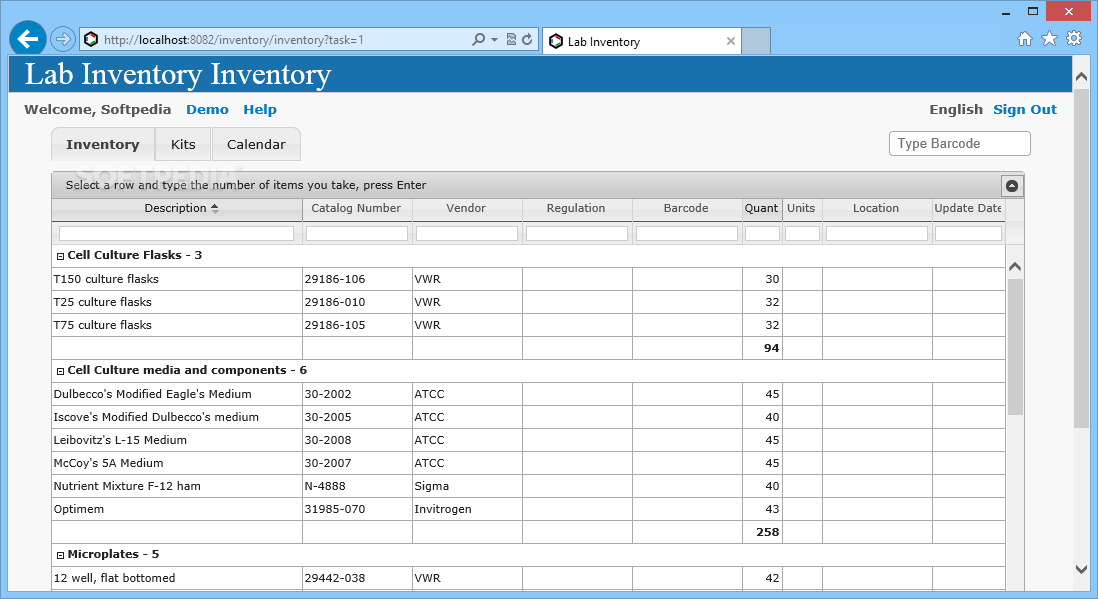
In particular, as part of a so-called “personalized medicine”, genetics enables more accurate diagnoses and targeted treatments. The impact of genetics on medical diagnostics is growing steadily and is already significant. Results revealed the complexity of the field with many requirements to be considered for future implementation. Towards this goal, a multi-step research approach was employed, which included literature review, user interviews, and market analysis. This paper shows, by example, the systematic requirements analysis of a system for qPCR-based (quantitative polymerase chain reaction) gene expression analysis.

A systematic requirements engineering process is however not only essential to ensure the quality of the final product but is also required by regulations such as the European In Vitro Diagnostic Regulation and international standards such as IEC 62304. Reference models have been developed to formalize these solutions, but they do not facilitate the initial requirements analysis or the development process itself. Although the software utilized in diagnostic laboratories is subject to regulatory requirements, there is no well-defined formal procedure for software development. Standard software already available for laboratories often cannot keep up with the latest developments or is focused on research rather than process automation.

The requirements for laboratory diagnostics are constantly changing due to new emerging diagnostic procedures, methodologies, devices, and regulatory requirements. Genetics plays an ever-increasing role in medical diagnostics.


 0 kommentar(er)
0 kommentar(er)
